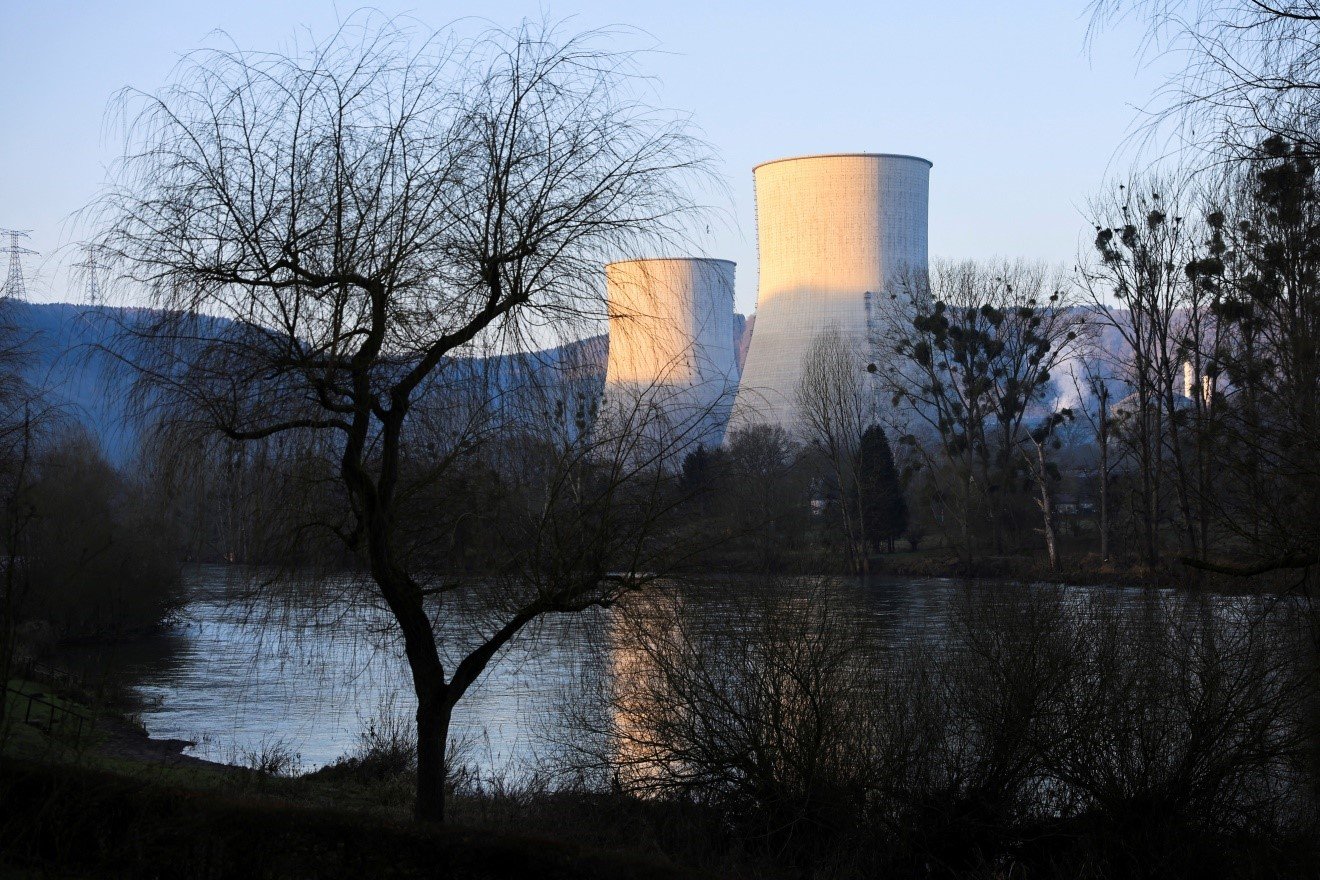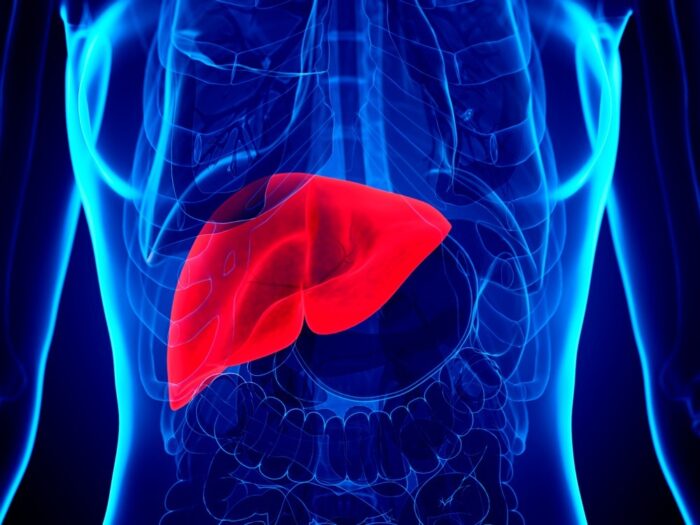EDF announced that its net installed wind and solar capacity increased by 10% to 13.2 GW by the end of 2022, according to a report seen by the specialized energy platform.
In Britain, EDF increased the production of its nuclear plants in 2022 by 5% to 43.6 TWh, according to the platform. S&P Global Commodity Insights (S&P Global Commodity Insights).
The company has launched around 3.6 GW of new renewables in 2022, including France’s first offshore wind farm (480 MW offshore Saint-Nazaire). It achieved the first production of electricity from the largest solar power plant in the world (Al Dhafra plant with a capacity of 2 gigawatts in the United Arab Emirates).
Moreover, the output of the solar and wind project grew by 12% to 85 GW including the 1.5 GW offshore wind project at the New York Bight plant.
The new target of nuclear plants
After declining production by 23% in 2022 to 279 TWh, the new CEO of EDF, Luc Raymond, confirmed the production target of its nuclear power plants from 300 TWh to 330 TWh this year.
Annual results data on February 17 showed that a shortfall of 82 TWh, largely due to outages caused by stress corrosion at 12 reactors, forced the utility to buy back lost volumes at record high market prices.
Those outages led to a net financial loss of 3.6 billion euros ($3.85 billion) over the year, according to information monitored by the specialized energy platform.
“The results of 2022 were significantly affected by the decline in our electricity production, but also by the exceptional regulatory measures introduced in France in difficult market conditions,” Raymond said, according to the platform. S&P Global Commodity Insights (S&P Global Commodity Insights).
Raymond added that the year 2022 confirmed the new momentum of nuclear power plants in France as well as the rapid expansion of renewable energies.
Meanwhile, French electricity prices have given up most of the extreme risk premiums that saw winter contracts trade above 1,000 euros ($1,068.60)/MWh for most of fall 2022 as gas prices plummet, while EDF has managed to restore reactors.
French reactors were briefly operational at 46 out of 56 reactors on February 9, but the number is set to drop to 41 by February 18, due to ongoing annual maintenance work on 6 reactors, while some long-term outages have been extended into spring.
Analysts at S&P Global Commodity Insights expect production for 2023 to reach 318 TWh, rising to 340 TWh in 2024.
Stress corrosion
EDF’s new CEO, Luc Raymond, aims to return the company to profitability with a focus in 2023 of “a gradual exit from the stress corrosion crisis” after 2022’s production was the lowest since 1988.
The stress corrosion problem mainly affects EDF’s 16 more modern reactors (4 N4 plants with a capacity of 1.5 GW each and 12 B4 plants with a capacity of 1.3 GW).
In January, EDF restarted the Sivo-1 station, where the problem was first discovered in 2021, and completed repairs to a few other stations that are gradually back in operation.
The company cited its December 16 statement as the latest technical update to the repair program, but has since delayed a number of scheduled restarts.
In 2023, the focus will be on checks and repairs at 6 stations that did not address this problem, namely: (Belleville 1 and 2, Catinum 2, Goldfish 2, and Nugent 1 and 2), according to the platform. S&P Global Commodity Insights (S&P Global Commodity Insights).
EDF has delayed the start of fuel loading for its new reactor, Flameville-3, until the first quarter of 2024.
Analysts at S&P Global Insights expect commercial operations to begin only in the first quarter of 2025.
On the other hand, France plans to accelerate the development of 6 new EBR-2 reactors with a capacity of approximately 10 GW, with a target date of 2035.
Also read..


